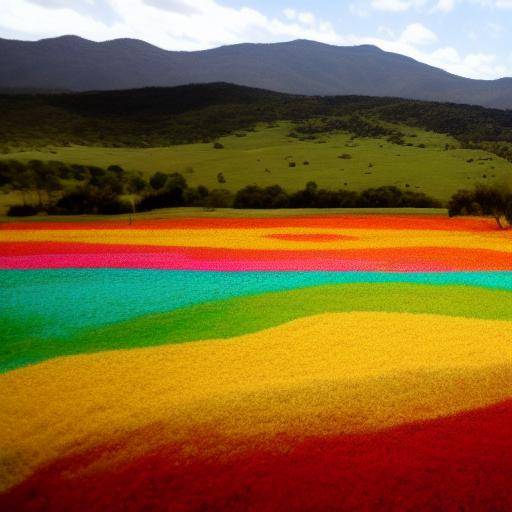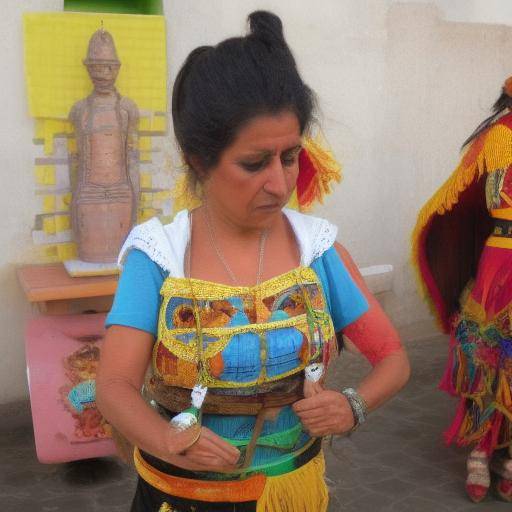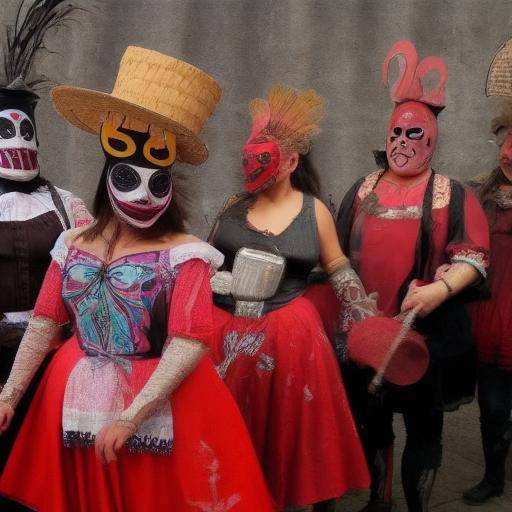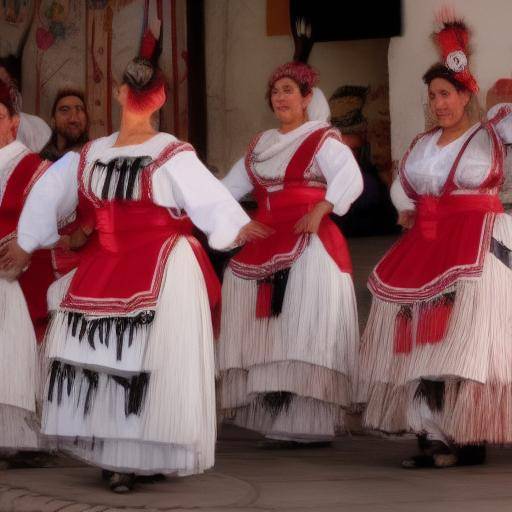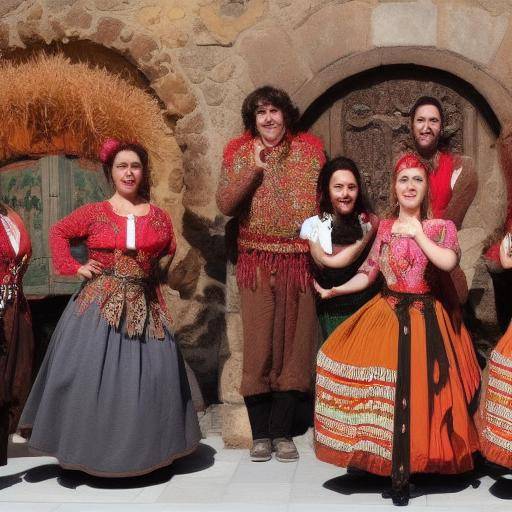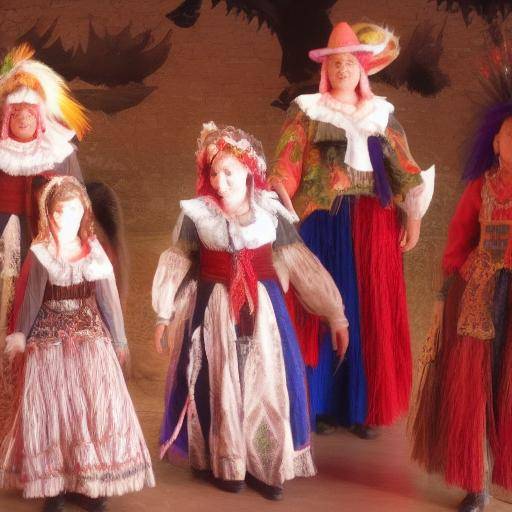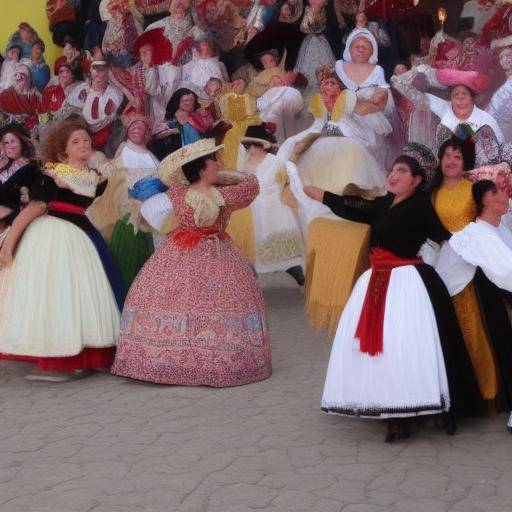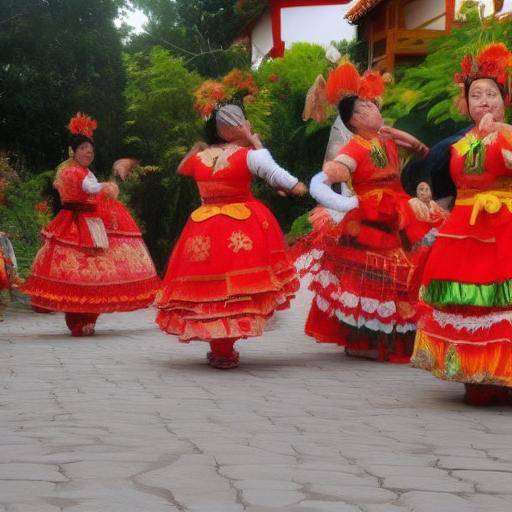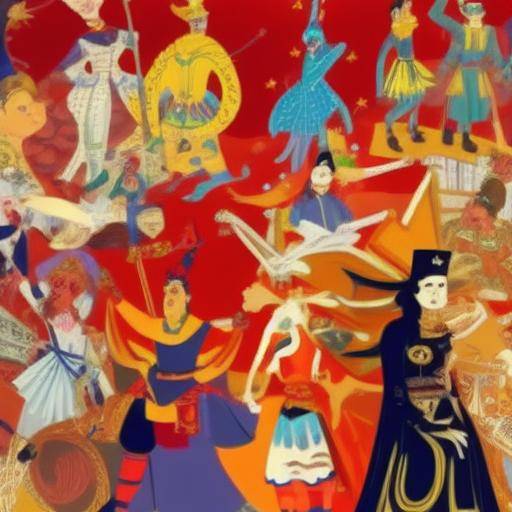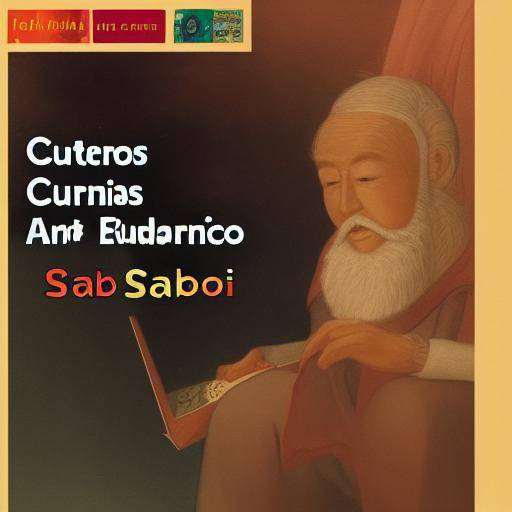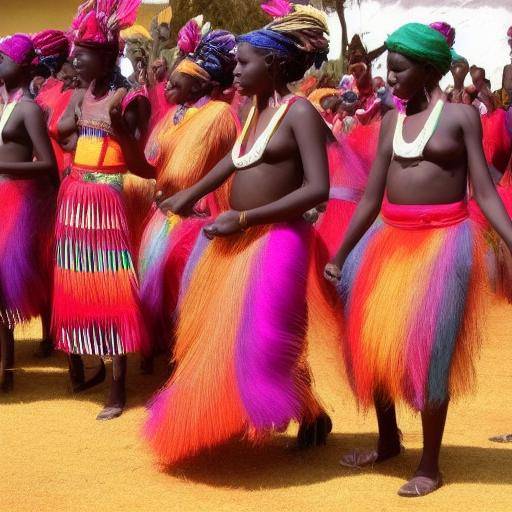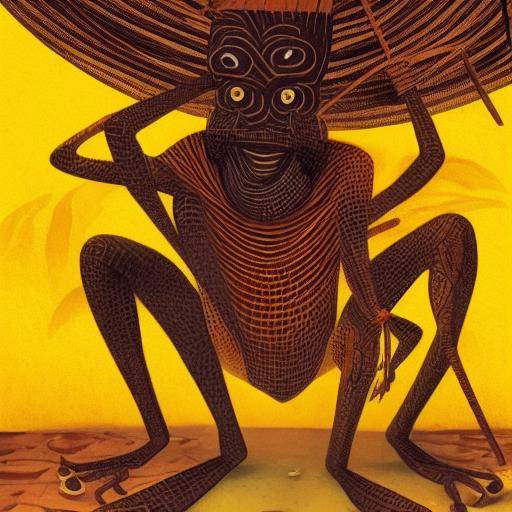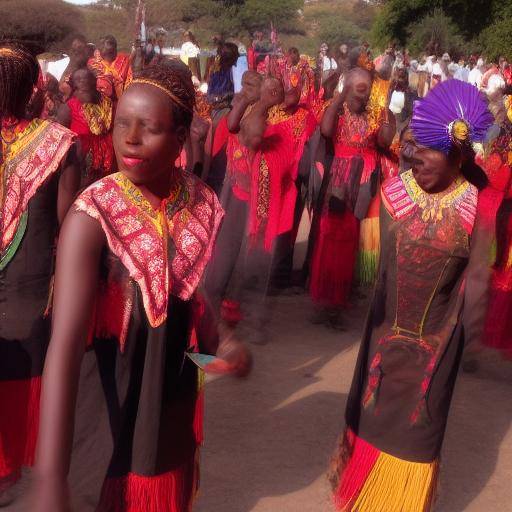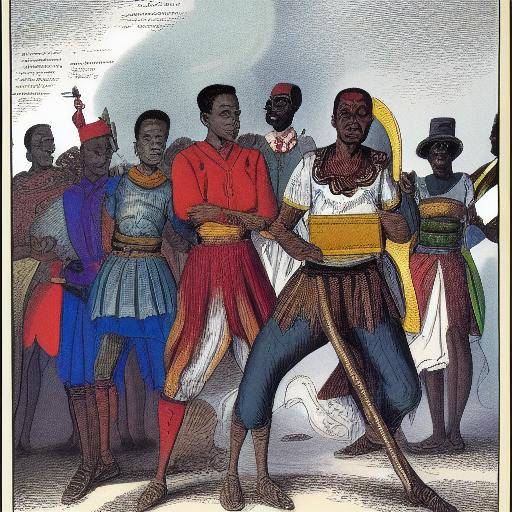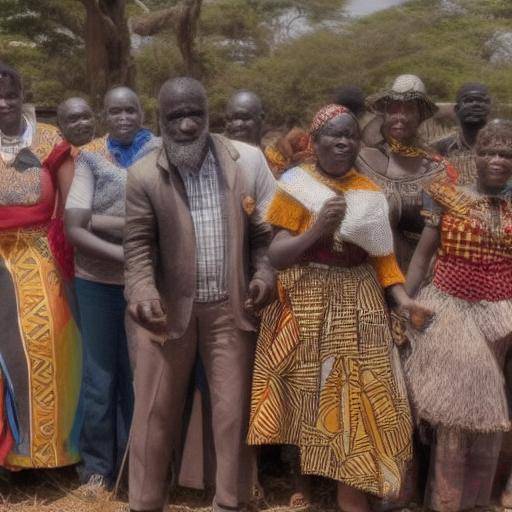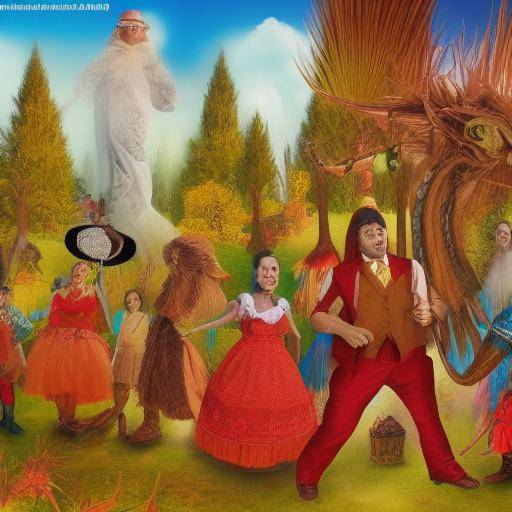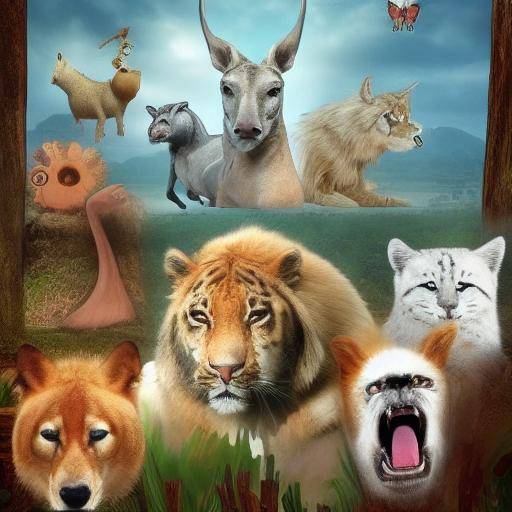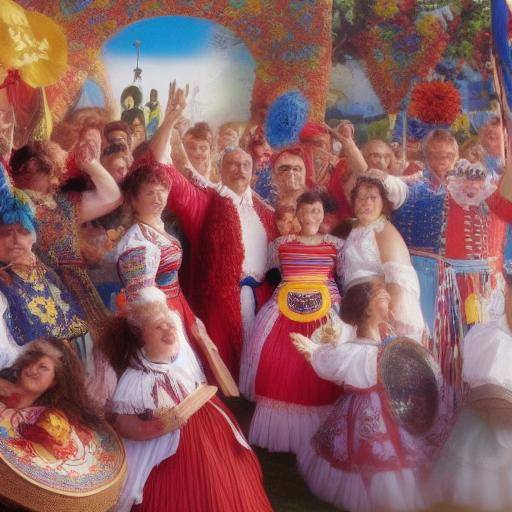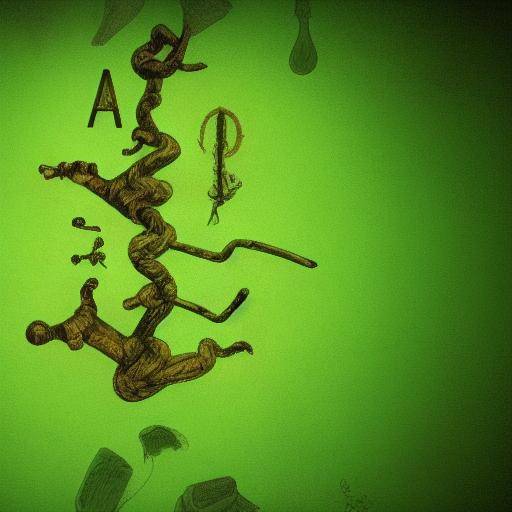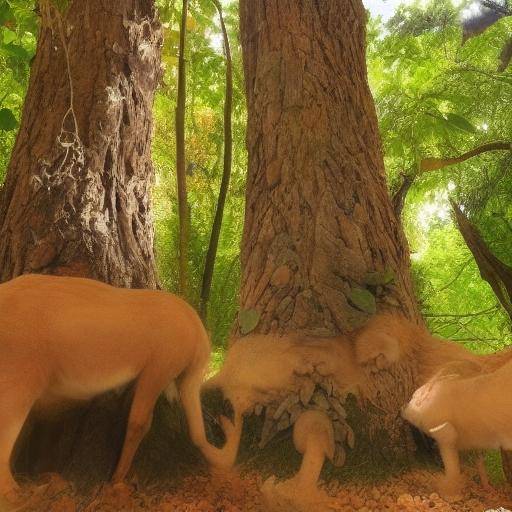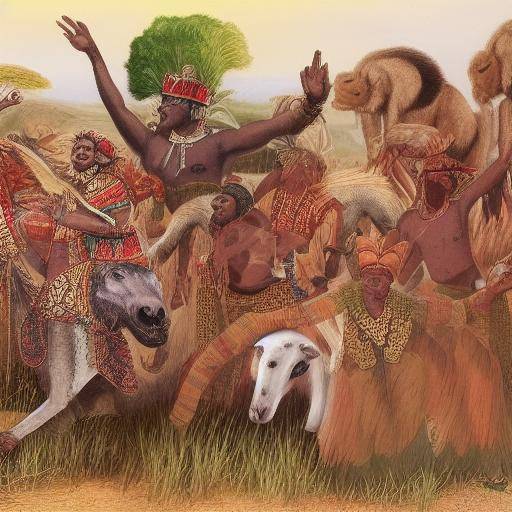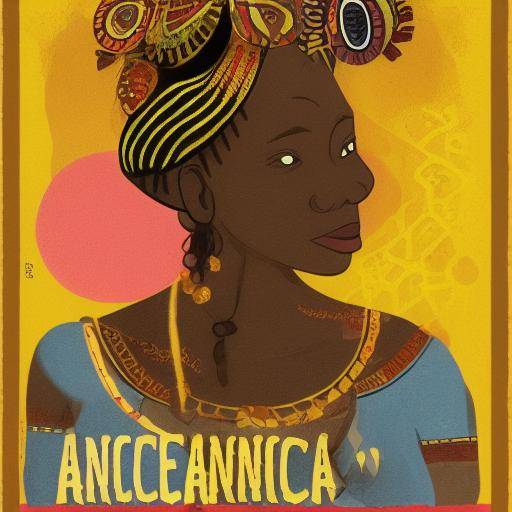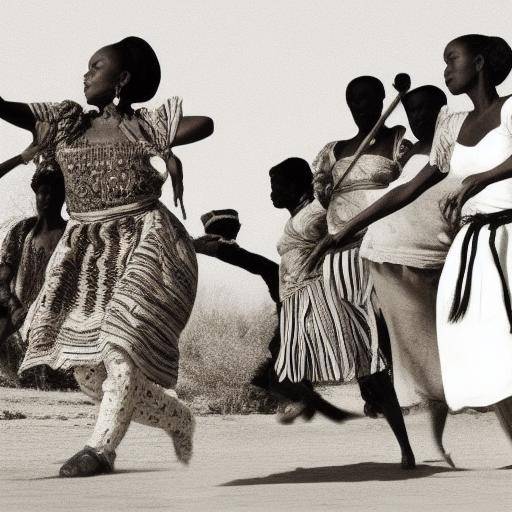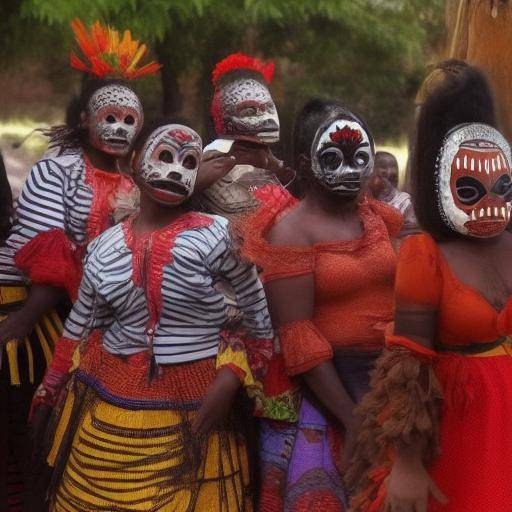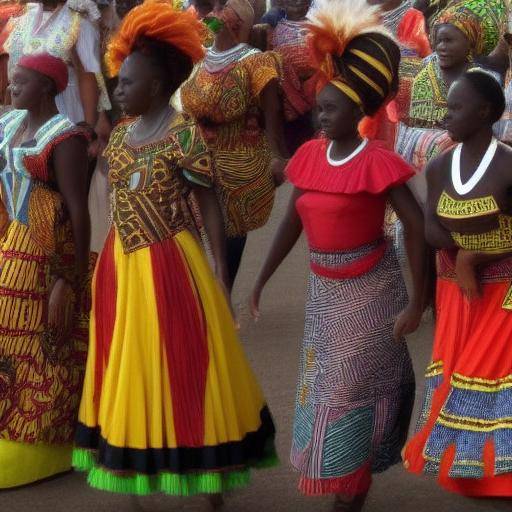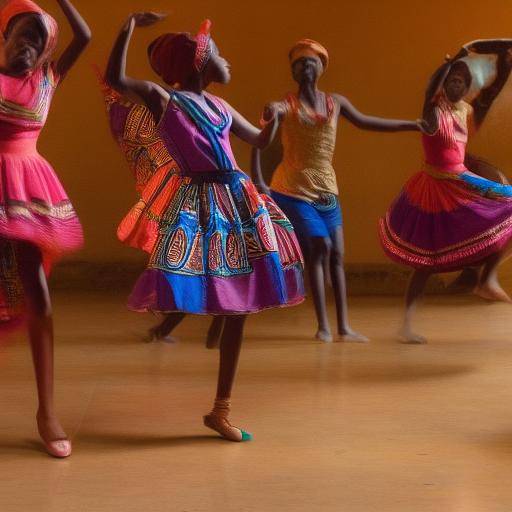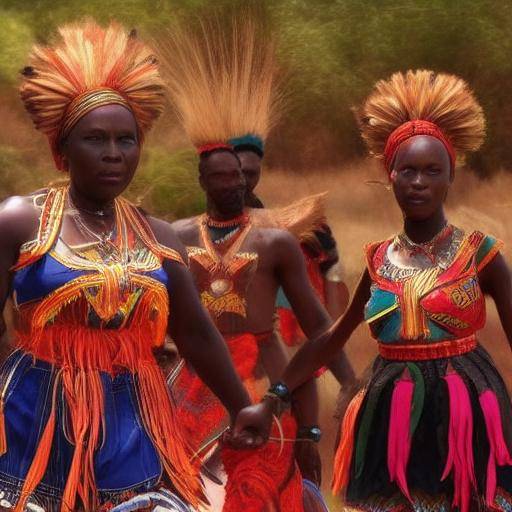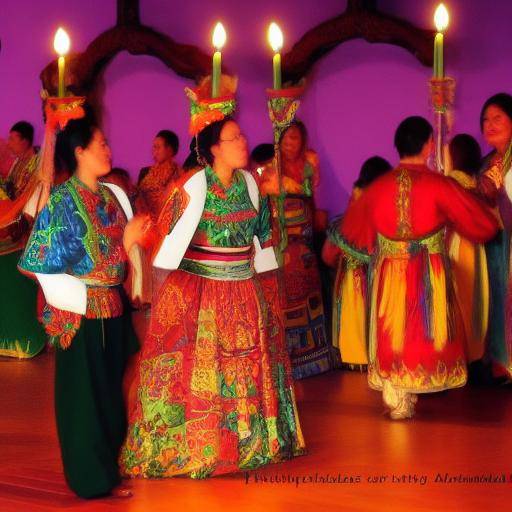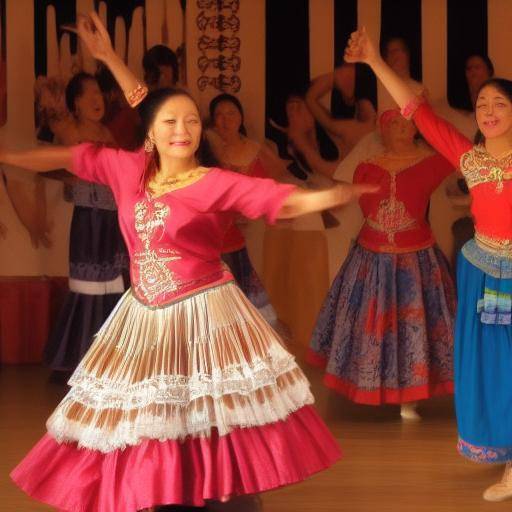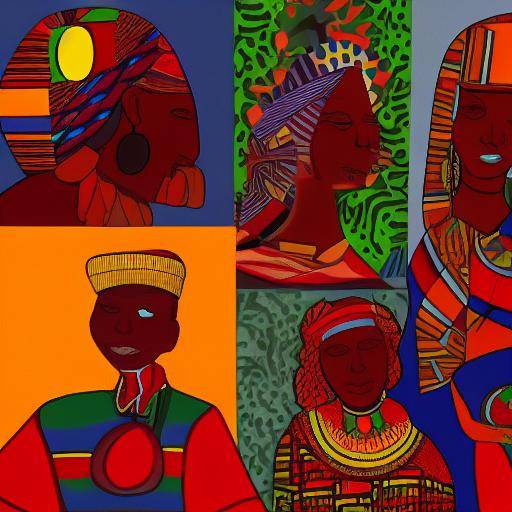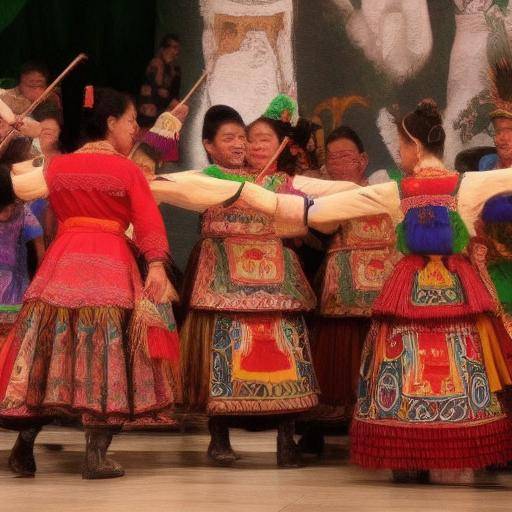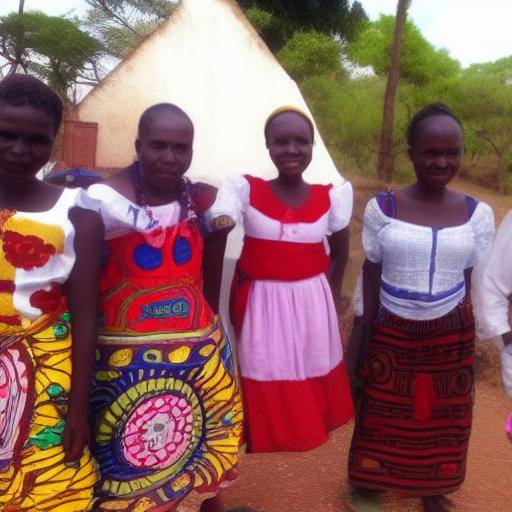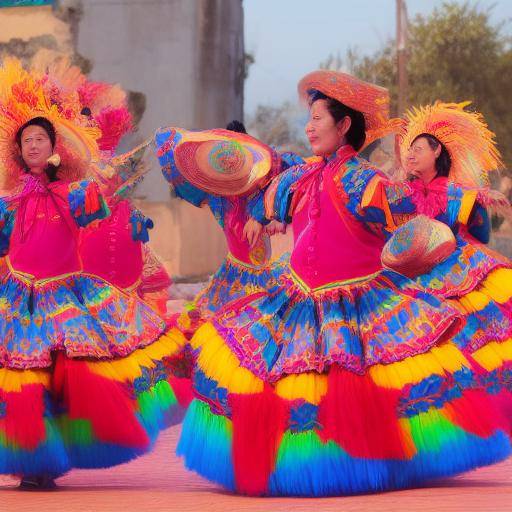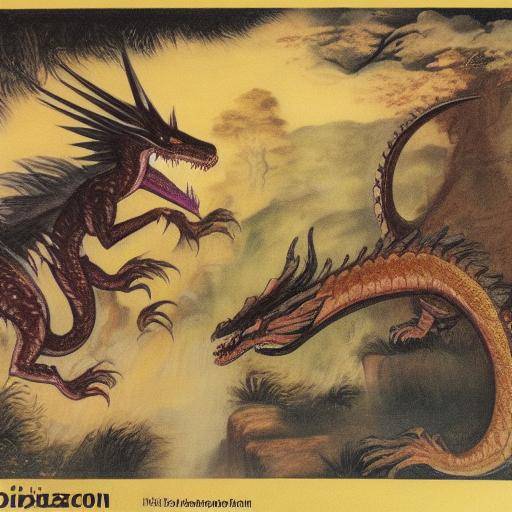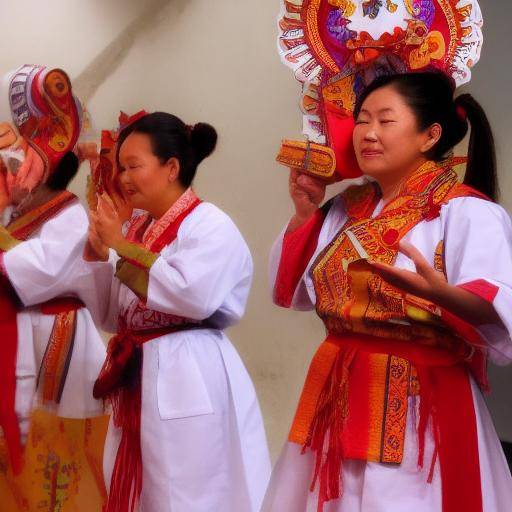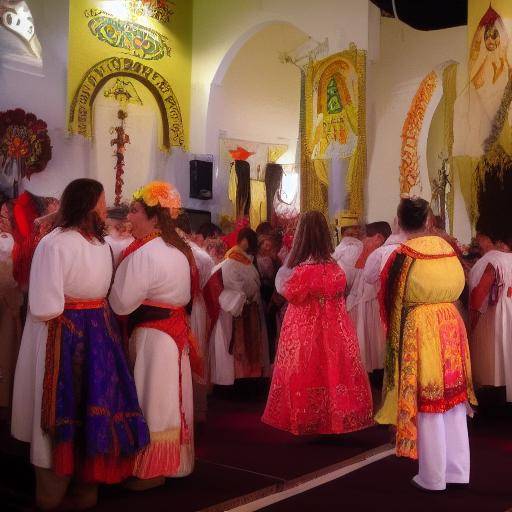
Scandinavian folklore is impregnated with rich rituals and ceremonies that reflect the history, traditions and beliefs of this unique region. From ancient festivals to modern ceremonies, this article explores the rich diversity of ritual practices in the context of Scandinavian folklore. We will discover the historical evolution, meanings, contemporary practices, and future trends of these ceremonies, providing valuable information to understand and appreciate this cultural heritage.
Introduction
Scandinavian folklore, also known as Nordic mythology, is a treasure of beliefs, mythological beings, and traditions that have persisted over the centuries. At the heart of this rich cultural heritage are the rituals and ceremonies that connect people with nature, the gods and each other. These practices are rooted in history, reflecting the unique worldview of Scandinavian peoples. In this article, we will enter into the history, meanings and current practices of these rituals, offering a wide view of their importance in Scandinavian folklore.
History and Origins
Scandinavian rituals have their roots in the ancient pagan beliefs of the Nordic peoples, whose practices were closely linked to nature, seasonal cycles, and the gods that ruled over them. Among the most outstanding rituals are the celebrations in honor of Odin, Thor, Freyja and other gods, as well as the ceremonies of harvest and hunting. These traditions were deeply rooted in everyday life and marked key moments in the calendar, from the summer solstice to the Yule festival.
Throughout the centuries, the arrival of Christianity and other historical events influenced the evolution of Scandinavian rituals. Some practices were adapted or incorporated into Christian holidays, while others were preserved in the popular tradition. Scandinavian folklore, with its amalgamation of pagan and Christian influences, continues to offer a unique window to the ancestral beliefs of the region.
Analysis in Deep
Contemporary ceremonies in Scandinavian folklore have ties with their ancestral roots, but they have also evolved to adapt to modern society. Festivals such as the Midsummer or Midsommar, held during the summer solstice, remain outstanding events in the region, gathering the community to honor nature and share ancestral traditions. In addition, the revitalization of old practices has gained momentum, with groups and communities seeking to preserve and relive almost forgotten rituals.
On the other hand, the influence of globalization and the diversification of Scandinavian society have led to the adoption of new ritual expressions, merging traditional elements with contemporary influences. This phenomenon has enriched the ritual scene, giving rise to hybrid practices that reflect the complex cultural identity of the region.
It is important to note that Scandinavian rituals not only have a cultural and social impact, but also economic, as festivals and ceremonies attract visitors from around the world, generating opportunities for tourism and the promotion of local traditions.
Comprehensive review
The diversity of Scandinavian rituals reflects the cultural wealth of the region. From ceremonies in honor of deities to rituals linked to everyday life, these practices offer a window to Scandinavian cosmovision. As contemporary communities seek to preserve, reinterpret and create new rituals, a dialogue arises around the authenticity, adaptability and cultural significance of these practices.
Exploring the variety of rituals and ceremonies in Scandinavian folklore allows us to appreciate the interconnectivity between history, tradition and innovation. Together, these elements form a dynamic cultural fabric that continues to evolve in the modern context.
Comparative analysis
The comparison between Scandinavian rituals, ceremonies and folklore reveals deep connections and unique nuances. While rituals are more closely linked to specific practices, such as agricultural rituals or those dedicated to the gods, ceremonies cover a wider range of ceremonial activities, from weddings to funerals. On the other hand, folklore extends beyond ritual practices, encompassing stories, legends and customs that enrich people's daily lives.
This diversity of cultural expressions nourishes one another, creating a complex tapestry of meanings and symbols that enrich the Scandinavian identity. By understanding the differences and similarities between these elements, a more complete understanding of the wealth of Scandinavian folklore is obtained.
Practical Tips and Accessible Recommendations
If you are interested in participating in Scandinavian rituals or traditional ceremonies, it is important to respect and understand the cultural and spiritual significance that these events have for local communities. Finding the guidance of cultural experts or community leaders can give you a deeper and meaningful perspective on participation in these practices.
In addition, exploring festivals and public events that honor Scandinavian folklore can offer a unique opportunity to experience first-hand the ritual and cultural wealth of the region. In attending these celebrations, visitors can immerse themselves in a world of myths, traditions and festivities that capture the essence of Scandinavian folklore.
Conclusion
The rituals and ceremonies in Scandinavian folklore are living testimonies of the cultural heritage of the region. From ancient sacred festivities to contemporary expressions, these practices continue to play a vital role in the lives of people and in the preservation of a unique cultural identity. By exploring the history, meanings and current trends, we can appreciate the depth and beauty of these traditions rooted in Scandinavian folklore.
FAQS
What are some of the most known Scandinavian rituals?
The most famous Scandinavian rituals include the Summer Solstice Festival, known as Midsummer or Midsommar, Yule ceremonies in honor of the winter solstice, and the rituals of thanksgiving for the harvest.
How have Scandinavian rituals evolved over time?
The evolution of Scandinavian rituals has been influenced by Christianity, modernization and globalization, leading to adaptations, revitalizations and new contemporary ritual expressions.
What is the importance of Scandinavian rituals today?
Scandinavian rituals continue to play a crucial role in preserving cultural identity, promoting cultural tourism and connecting communities with their ancestral roots.
How can I participate in Scandinavian rituals and ceremonies?
If you are interested in participating in Scandinavian rituals and ceremonies, it is advisable to look for public events, festivals or consult with cultural experts and community leaders to understand the relevance and respect for these practices.
What role do Scandinavian rituals play in connection with nature?
Scandinavian rituals have a deep connection with nature, honoring seasonal cycles, earth and natural elements, which reflects the veneration of nature in the Nordic worldview.
How have Scandinavian traditions influenced modern folklore?
Modern folklore has been influenced by Scandinavian traditions, which are reflected in literature, art, music and contemporary festivities that retain elements and symbols of Scandinavian folklore, enriching the cultural narrative of the region.
Discovering the Riqueza of the Scandinavian Folklore
In short, rituals and ceremonies in Scandinavian folklore offer a unique window to a rich and diverse cultural heritage. From its pagan origins to its influence in the modern world, these practices continue to play a vital role in the lives of people and in the preservation of a unique identity. By exploring current history, meanings and practices, we can appreciate the depth and beauty of these traditions rooted in Scandinavian folklore.

